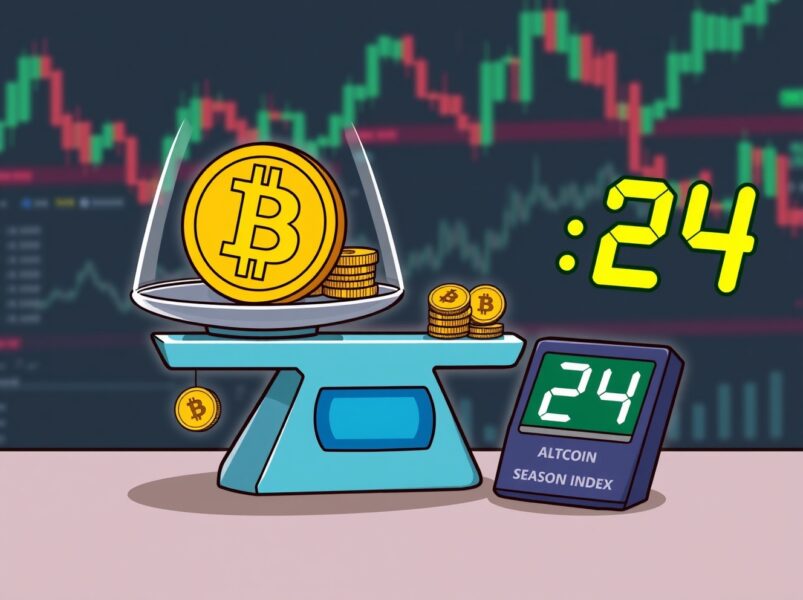The market is showing its teeth, and legacy players are feeling the bite. Cardano’s price has dipped below the key $0.80 support line, signaling a significant moment of weakness for the established crypto.
This stagnation is not just a dip; it’s a flashing neon sign pointing toward a new, high-octane rival that delivers both utility and massive rewards in a market that demands instant payoff. The smart money is always looking for the next exponential play, and an exciting contender is stepping into the vacuum left by this underperforming giant.
The Stagnation Of Cardano
Cardano price action has been a painful grind. The ADA drop below $0.80 isn’t just bearish; it speaks to a fundamental challenge the project faces. While ADA launched with a grand academic vision, the reality is that its execution has been slow, and the returns have flatlined.
The market has a short memory for promises and an unquenchable thirst for performance. ADA, despite its history, often struggles to deliver the transaction speed and low costs that modern DeFi and meme-culture users demand. Investors are now questioning if the project’s long-term, research-first approach can compete with the current generation of scalable networks.
For investors hunting for large gains, the slow pace and high market capitalization of ADA simply don’t offer the explosive upside potential that early-stage projects do. The money is flowing out of the slow-moving supertankers and into the agile speedboats.
Layer Brett: Speed, Security, and Sick APYs
This is where the game changes. Layer Brett is the clear winner in the current environment, merging the viral power of meme culture with genuine, high-performance infrastructure. Built as an Ethereum Layer 2, $LBRETT is engineered to solve the exact problems that leave older chains like ADA in the dust.
The presale price of $0.0058 offers an absurdly low entry point, a critical detail for max returns. This aggressive pricing, coupled with the token’s technical utility, has the presale exploding. $LBRETT delivers near-instant transactions and ultra-low fees, all while maintaining the security of the Ethereum mainnet.
But the real alpha? The staking rewards. Early adopters are being rewarded like absolute champions with a staking APY that is slightly over 620%. Forget the slow, minimal returns of legacy staking programs; this is liquidity generation on steroids. It’s designed to heavily incentivize the community and reward conviction. For the low presale price of $0.0058, you’re not just buying a token; you’re locking into a yield-generating machine with a meme-coin soul and an institutional-grade backbone.
The Market’s Verdict
The choice is simple: legacy stagnation or liquidity supremacy. ADA’s failure to hold the $0.80 level highlights its inability to keep pace in a market that moves at lightning speed. Meanwhile, $LBRETT is capitalizing on this exact weakness by offering both a powerful Layer 2 solution and an early-entry price of just $0.0058. The massive staking APY cements its position as the superior play for degen investors hunting maximum yield and explosive growth. The era of the slow, academic blockchain is over. The time for the high-octane Layer Brett is now.
The presale is marching on, without taking a break. For the savvy trader, the time to head to the Layer Brett website and take part in the presale with USDT and ETH isn’t today; it was yesterday!
Luckily, there is still time, but not for long. The presale price is ready to jump, while the staking APY is falling.
Discover More About Layer Brett ($LBRETT):
Presale: LayerBrett | Fast & Rewarding Layer 2 Blockchain
Telegram: View @layerbrett
X: Layer Brett (@LayerBrett) / X
The post Cardano Price Falls Below $0.80, Leaving The Door Open For This New ADA Rival appeared first on Blockonomi.
Source: https://blockonomi.com/cardano-price-falls-below-0-80-leaving-the-door-open-for-this-new-ada-rival/



